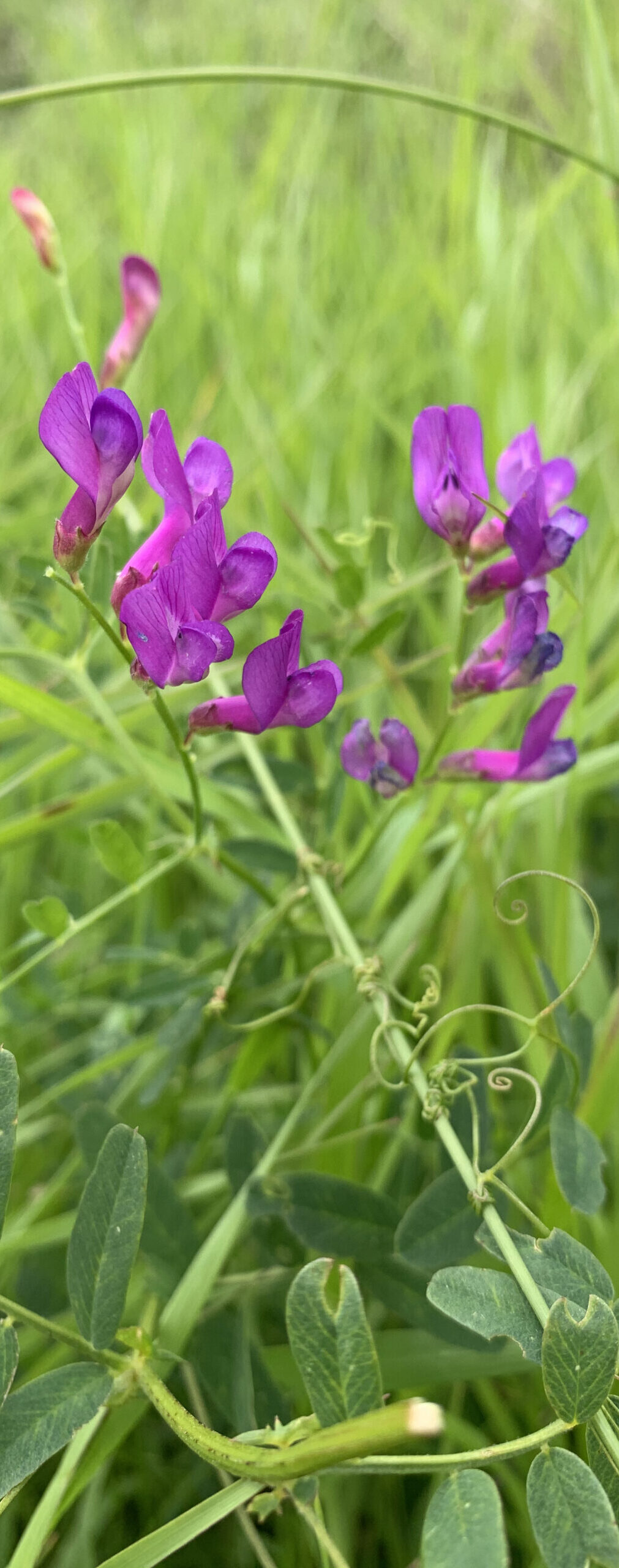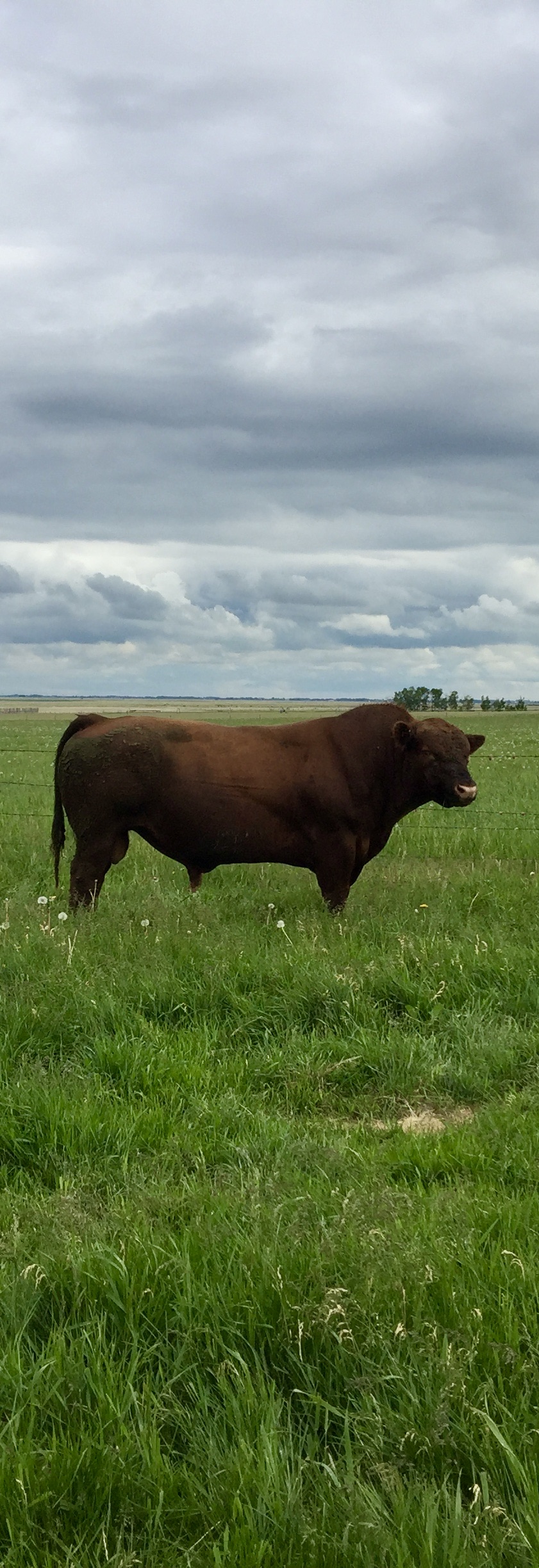
CONSULTING SERVICES
PLANT IDENTIFICATION
What Plants Tell Us
Identifying plants in a pasture or rangeland describes so much more than what species are there. It explains what is going on with that piece of land, and possibly why.
Before understanding why they are there, it’s important to positively identify what is there. And it’s not always an easy task.
In Alberta alone, there are over 2,000 species of vascular plants that have so far been identified. Of these, over 370 species are non-native and/or invasive, either garden escapees or forage species purposely imported for the benefit of feeding our livestock animals.
An example of the difficulty in identifying species is the Genus Potentilla, a common rangeland wildflower (forb) species. There are approximately 55 species, including subspecies or species synonyms in this taxonomic family alone.
Identifying plants involves consulting recommended plant identification books (such as Vascular Flora of Alberta: An Illustrated Guide by Kershaw & Allen, © 2020), a good camera, and a keen eye for detail.
Identification starts with observing the growth habit and size of the plant itself. Is it a creeping plant with or without tendrils, or does it stand erect? Is it a woody plant, or not? Next observe the leaves by their shape, size and number (including leaflets). If present, the flowers are next (however most people start with the flowers and follow with the rest of the plant). The symmetry, size, shape, number of petals, location of the ovary, and number of pistils and anthers are useful to further positively identify a plant.
For example, the photo on the left (or above for mobile users) has all the characteristics that positively identify the plant as Purple Pea Vine (Lathyrus palustris). Note the tendrils, the bilateral symmetry of the flower, and the shape of the leaflets. There are other more detailed characteristics that will take too long to describe here.
Using the scientific name over the common name is highly recommended. Scientific names, though more difficult to memorize and pronounce, are more universally accepted as opposed to common names.
Once positively identified, more knowledge can be gleaned as to why certain species exist where they are found. Perhaps the soil is nitrogen deficient, which requires the need for nitrogen-fixing species such as L. palustris or Medicago sativa (common alfalfa). Previous mismanagement such as overgrazing causing compaction invites species like Taraxacum officinale (Common Dandelion) to establish and send down a thick taproot to break up the hardpan. Annual “weeds” like Common Chickweed (Stellaris media) may be needed to stabilize exposed soil.
Plants tell a unique story of the soil and history of the land in our care. It is increasingly becoming our duty to lend our ears–and eyes–to understand their purpose of existence.
How I Can Help You
The first contact is always free. These demo calls—or visits—give me the opportunity to see where things are at and if you’re a good fit for what I am able to help you with. Only after this will a fee be charged. (For the time being, clients outside of Canada will receive my services for free.)
You can get a hold of me in the following ways:
Phone:
+1(780)289-9143
EMAIL:
Be sure to include your email, phone number, name, location, and details of what you wish me to assist you with.

